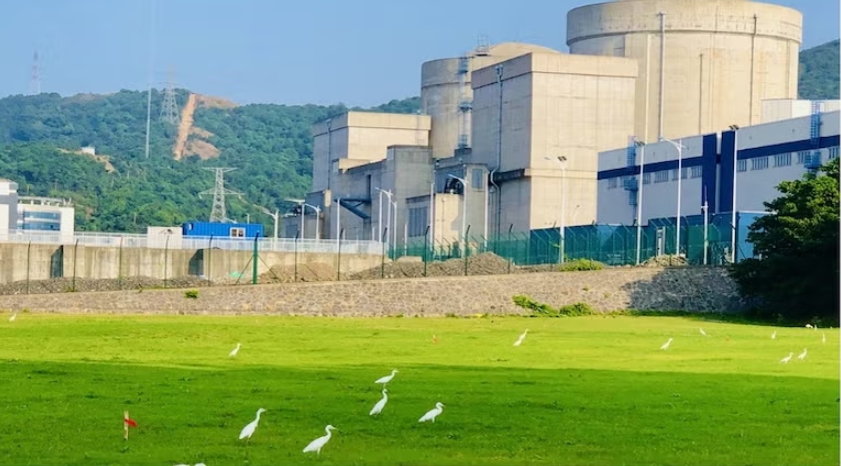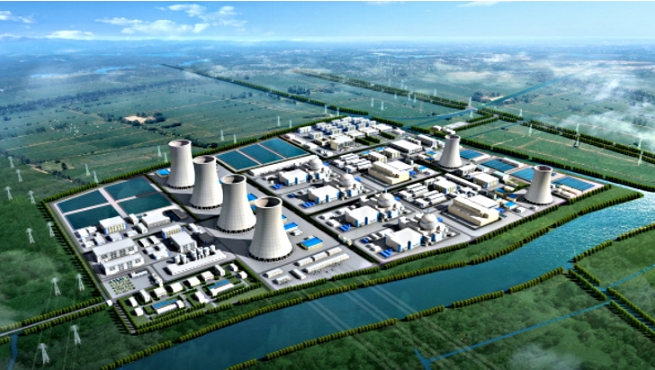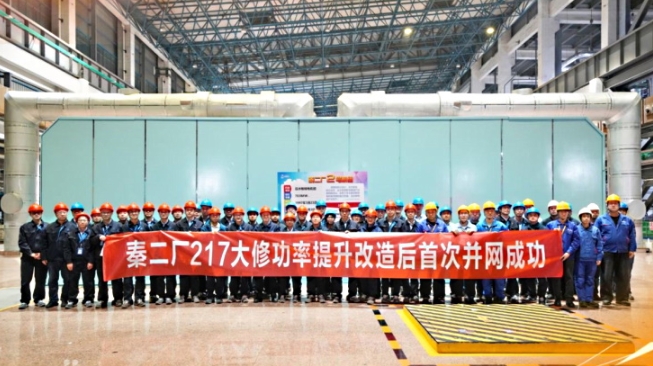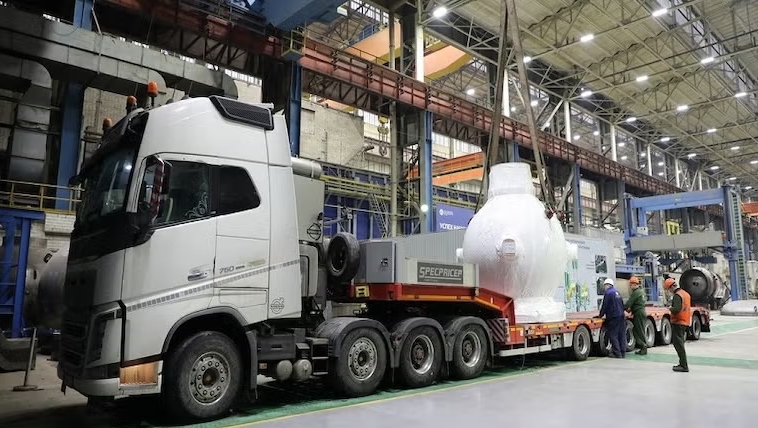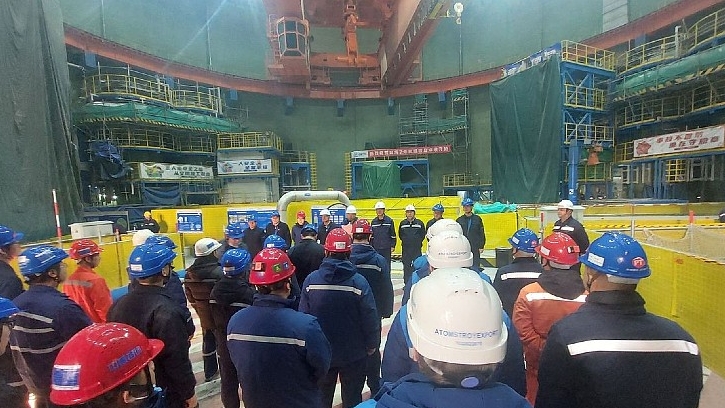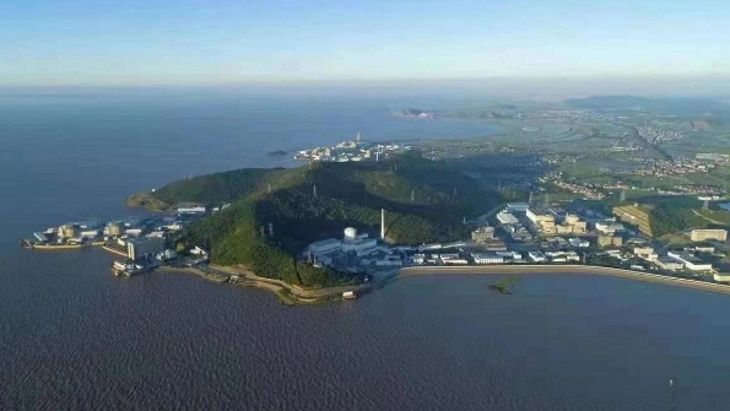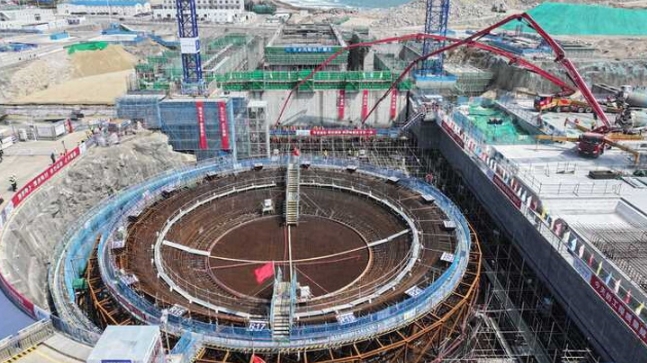
In September 2014, China’s National Development and Reform Commission granted approval for the construction of four 1250 MWe CAP1000 reactors, designated as units 1 to 4, at the Lufeng location. The CAP1000 is a domestic adaptation of the Westinghouse AP1000 design. However, the State Council did not authorize the start of construction for units 1 and 2 until August 19 of the previous year. Approval for units 3 and 4 remains under review. Separately, in April 2022, the State Council permitted the construction of two Hualong One units, labeled as units 5 and 6. Construction began with the first concrete pour for unit 5 on September 8, 2022, followed by unit 6 on August 26, 2023.
CGN projects that, upon completion of all six units, the Lufeng facility will produce approximately 52 terawatt-hours of electricity annually. This output is expected to decrease standard coal usage by nearly 16 million tonnes and lower carbon dioxide emissions by over 42 million tonnes each year. The development reflects ongoing efforts to expand nuclear energy capacity in Guangdong province.
The recent concrete pour for unit 1 signifies progress in the Lufeng project, aligning with the phased construction of its reactor lineup. The combination of CAP1000 and Hualong One technologies at the site highlights a blend of domestic and adapted designs in China’s nuclear energy sector. The facility’s future operations are anticipated to contribute significantly to regional energy needs while supporting reductions in carbon emissions.
